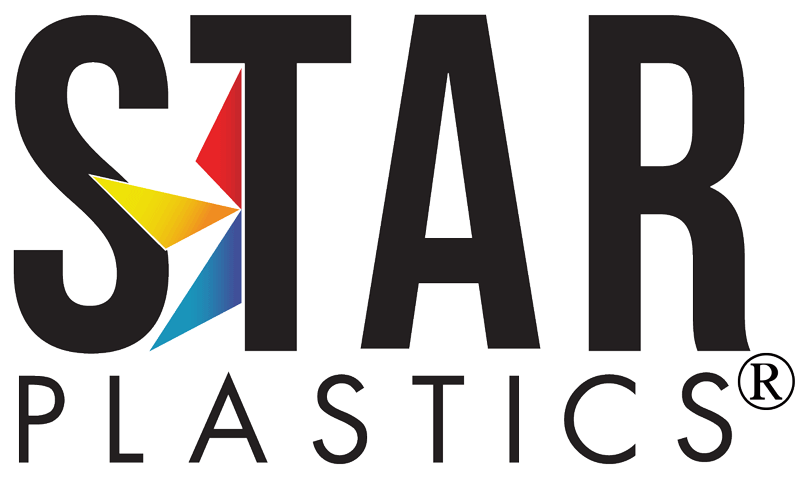January — December 2025
Outlook for Market Sectors, Economy in 2025
Economics and Interest Rates
The Federal Reserve lowered its interest rate another quarter of a percent which is the third this year and all have come in the last half of the year. It’s interesting that the residential rate for home buyers
hasn’t moved to help jump start the economy. USA Today reported that the reason for housing mortgage rates continuing to be flat and up while the Fed lowers rates is — the Federal Open Market
Committee raises or lowers the federal funds rate. This is the rate at which banks lend money to each other, so it is a very short-term rate. Mortgage rates are longer term rates and are more affected by the bond market (10-year yield) and other economic conditions and fiscal policy which again are longer term rates. As longer term bond rates move up or down, the mortgage rate will move up or down as well. The spread between the bond rate – says 5% – and a 30-year mortgage rate at 7%, is because the bond rate has more risk where a mortgage can be refinanced whenever homeowners want to get a better rate. Currently, inflation has a large impact on the larger economic outlook and therefore the bond market is higher currently which leads to higher mortgage rates. So, there you have it!
GDP expectations for North America is projected to be at 2.6% for 2025 which is up from 2.0% just about one quarter ago. That is a positive sign that the economy is moving the right direction.
Engineering Resins and Specific Materials
Most materials are showing stable pricing into 2025 for the near term (Q1) and supply is available for most materials so don’t be afraid to buy early if you don’t know what your needs will be. Chemical Marketing Analytics (CMA) sees ABS, PC, nylon 6 and 66 and PBT as currently flat on pricing. Nylon is expected to be up in 2025 by 3-5 CPP in the early part of the year while other polymers seem to show signs of flatness in pricing during the first part of 2025.
ABS
For ABS, when you look at the entire 2024 year, you would see ABS up 10 CPP, and that came in the first half of the year. The market segments for ABS are not looking strong in 2025. Below are estimates of what the ABS market segments will look like in 2025 in terms of growth or (attrition): Segment 2024
Segment 2024 2025
Construction 2.7-2.9% 4.6-4.9%
Automotive 2.2-2.5% (0.6-0.8%)
Electrical/Electronics 4.8-5.1% 2.2-2.5%
Appliance 1.3-1.5% 3.7-4.0%
Nylon 66
Production costs are up 2 CPP in December with benzene prices up and retail prices down 5 CPP based on demand. Benzene, the major driver for 6, is down YTD and this is reflected in the retail price by 8-10 CPP YTD. Capacity going into 2025 is stable with the major market (automotive) as over 10% of the 6 market in pounds in North America. Demand is expected to be similar in 2025 relative to 2024 and again, this means stable to down on pricing in 2025.
PBT
Looking forward in 2025 – costs are flat, and prices are down 3 CPP based on low demand and a higher volume of imports from Asia. About 40% of PBT goes into the global automotive market and the slow automotive sector will impact supply and pricing going into 2025. The next largest market is E/E with over 30% of the global supply which is expected to be soft in 2025.
Antimony
FR PBT and antimony – China, Russia, and Tajikistan are the three largest sources of antimony globally, with China being #1 in production and supply. But none of those countries are on North America’s Christmas card list. It seems that the solar market is a significant consumer of antimony, and they are focusing on that market. Star continues to stay ahead of the issue and we’re confident in our supply capabilities looking forward.
Market Sectors
Construction
Residential is looking better than originally thought with new reporting showing 2.5%—3.5% growth in 2025 versus being down the last two years. This nudges up the need for appliances and wire/cable markets. Additionally, CMA is now reporting it looks to be strong in 2026 too.
Consumer electronics
This sector is not looking strong in 2025 but in North America there are expectations to be up nearly 2%—3% and that is better than attrition.
Automotive
The automotive sector had less than stellar growth expectations for 2025. The potential for tarifs from the new administration will have a significant impact on the auto industry. If there are ways to get around prospective tarifs, they will be found for sure. China and their expectations in the automotive sector are projected to be low on YOY production at about 3%. North America is seen anemic at about 1.10% to 1.35% for projected growth in 2025 and several sources are saying it is optimistic to get to that growth level. We understand that in 2022 we were over 9% growth with the COVID-19 demand which was an anomaly.
Market News
American Styrenics is up for sale after 16 years of operating as a joint venture, reports Plastics News. The JV between Trinseo and CP Chem is a 50-50 ownership. Commonly referred to as AmSty, they are one of North America’s largest producers of polystyrene resin and styrene monomer. Recall that Trinseo sold, in November, its polycarbonate production to Deepak Nitrite Ltd. and that the process began in the third quarter of 2024 and is expected to be completed by the end of 2025.
Perc Pineda, Ph. D. at Plastics Industry Association reporting on interest rates on 12.16.24:
Interest rates remain pivotal for the plastics industry’s recovery from ongoing production lows. The (Gardner Business Index) GBI has hovered around 43.0 for three consecutive years, showing the impact of the high-interest rate environment that we are living in. The Federal Reserve began tightening monetary policy in early 2022, raising the Fed funds rate target to 0.25%–0.50% to slow inflation. Subsequent rate hikes brought the target to 3.75%– 4.00% by November 2022 and 5.25%–5.50% by July 2023.
In September 2024, the Fed began easing rates with a 50-basis-point (bps) cut to 4.75%– 5.00%, followed by a 25-bps cut in November, reducing the target to 4.50%–4.75%. Despite these reductions, rates remain cost prohibitive for the manufacturing sector, which operated under 2.0% for many years. Rates above 4.0% have been a barrier to new manufacturing investments that could expand plastics conversion capacity. The November GBI for plastics processing, at 41.0, reinforces this concern.
Looking ahead, the plastics industry has some positives in the low unemployment rate in plastics products manufacturing, which fell to 0.3% in November — down from 5.9% in September and 2.2% in October. However, unemployment in this sector fluctuated between 0.1% and 5.9% as interest rates stayed above 4.0%. High borrowing costs have increased uncertainty and dampened investment spending.
The Federal Reserve did cut rates by another 25 bps this month, bringing the target range to 4.25%–4.50%. Further reductions in 2025 to below 4.0% could alleviate pressure on the manufacturing sector, including the plastics industry. Industry sentiment appears to anticipate this relief, as evidenced by the GBI Future Business Index jumping to 64.0.
Shipping
The Red Sea issues are not prominent in the market right now. Also, the Panama Canal issues have been resolved based on the weather in the region. Geopolitics are TBD as well as their impact on shipping.
The East Coast Longshoremen negotiations have not been going well. It would afect shipping down the entire east coast to Texas. And the west coast union workers plan a slowdown in support of their east coast counterparts. They seem to be closer on the wage discussion, but the sticking point reportedly is the use of AI in operations. That is TBD and we’re keeping an eye on this situation for sure.
In Closing
Did you know that Star is now ofering a V0@1.5mm, PFAS free polycarbonate in all colors with UL recognition? We can make this product in our Orion® engineering resins and also in recycled content reNova® product lines. You’ll be seeing this on LinkedIn and our website
www.starplastics.com. Keep an eye out as we’ll be rolling more products out



